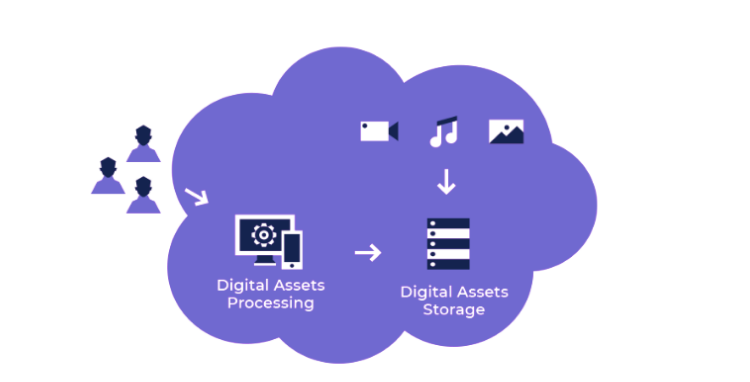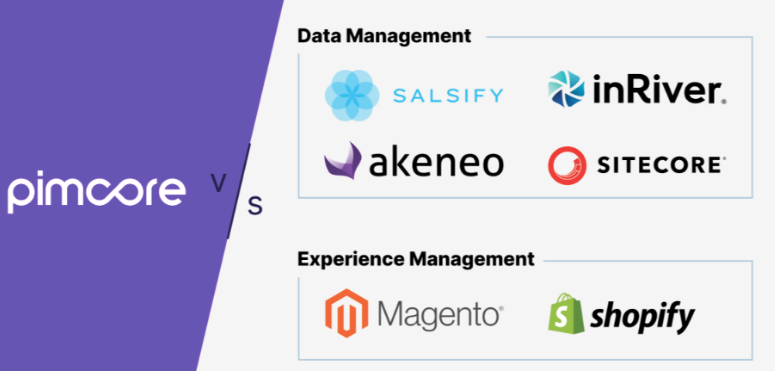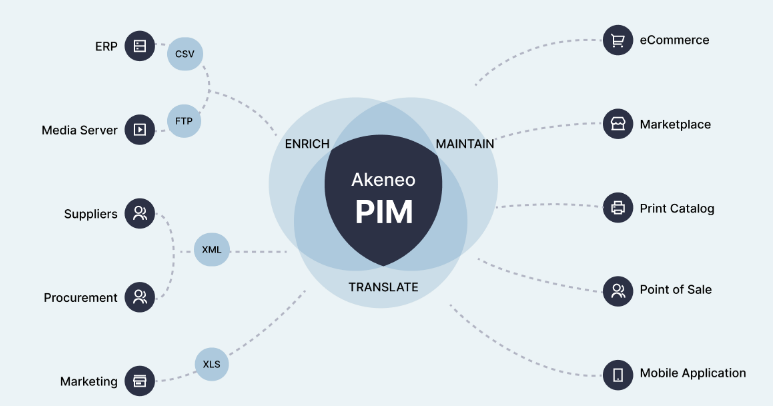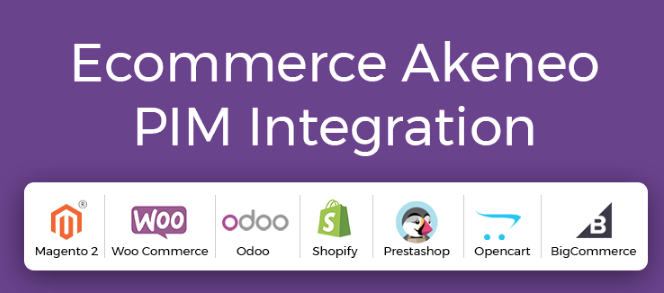To provide your clients with an endless shopping experience, connect your eCommerce website to a mobile app platform.
There are some limits to shopping on a website; therefore, the mobile app is the best solution.
The trends show that smartphone users are rapidly increasing as a result of market changes.
To increase sales and conversion rates, one should always keep their business up to date with the latest trends.
To reflect the activity on the app, the Magento 2 Mobile App instantly syncs real-time information with the webshop. So, it’s time to take your shop to the next level with a mobile app!
Magento 2 Mobile Apps
With the Magento 2 Mobile App Builder, you can easily develop completely native Android and iOS apps for your Magento 2 eCommerce business.
Customers may explore products, place orders, check order information, establish new accounts, leave reviews, and much more through the mobile app.
The Magento 2 Multi-Vendor App allows merchants to present their whole assortment.
Admins may send several sorts of push alerts from the Magento 2 multi-vendor mobile app, such as product, category, and others.
Products: The administrator can send a promotional message about a product. For instance, beginning at a special price, bargains & sales, auctions, and so on.
What is Magento 2 PWA?
Progressive Web Application development makes use of web compatibilities to give clients an app-like experience.
Regardless of the browser, the customer may start the PWA in the same way as a native application.
Progressive Web Applications (PWAs) are small, quick, and memory-efficient.
PWAs enable Push Notifications, can function in offline mode, have a native appearance, and can be installed on the home screen, among other features.
Magento 2 Progressive Online Apps connects web and as well as mobile applications.
The Magento 2 PWA plugin allows for cross-browser interoperability, resulting in an app-like experience.
Features of Magento 2 Mobile Apps
Here are some features of the Magento 2 Mobile App:
Supports Magento 2’s Default Product Types
Magento 2 Bundled Products, simple products, configurable products, virtual products, and downloadable products are all examples of products.
Simple to Use
The app has an interactive banner as well as many carousels, including a category carousel, a highlighted product carousel, and a new product carousel.
Search Result Optimization – Magento 2 Mobile App
The Layered Navigation of the collection page may use to refine the search results.
Supports Default Payment Methods
The basic Magento 2 Payment Methods are supported by the app: phone, cash on delivery, money order, and personal check.
Simple Configuration in Magento 2 Mobile App
All of the fundamental settings, such as a banner, notification, category icons and banner, and other parts, maybe adjusted via the admin panel.
Checkout on One Page
The app user may complete the checkout process with the product in only a few steps, making the procedure quick. As a result, user engagement will rise.
How to Manage Product Data in Magento 2 Mobile App?
The administration of a product catalog becomes increasingly difficult as an e-commerce company grows.
By default, the Magento 2 platform gives store managers the ability to add new goods, update existing ones, and provide Magento 2 product suggestions.
That won’t be an issue until you have a few items in your inventory.
However, controlling hundreds of things from multiple categories with numerous possibilities gets increasingly difficult over time.
Manually arranging product data is a time-consuming and costly procedure.
It may be difficult to keep up with product changes if you don’t have a system in place to manage data across your sales, marketing, and customer success teams.

You also run the danger of providing them with inaccurate or out-of-date information.
With the right tool, nearly every element of Magento 2 product administration may be enhanced.
This tool will boost your productivity while also saving you time and effort.
Product Information Management (PIM) software centralizes product data, making it easier to update and manage correct data across different sales and marketing channels.
What is PIM?
PIM software serves as a single center for all product data, which benefits your company in a variety of ways.
PIM solutions are especially useful for eCommerce firms with a constantly changing product catalog, sales strategy, and marketing messaging.
What kind of data does a PIM system keep track of?
This complexity is addressed by a PIM system that efficiently tracks cross-functional product information such as the following:
Basic Information
The data immediately connected to the items themselves is perhaps the most visible information captured by PIM systems.
UPCs, SKUs, and article numbers, as well as product names, titles, and other information like advised usage, may include in this information.
Assets
The majority of customers will not buy a physical product without first seeing an image or video of it in action.
Digital images, videos, gifs, and any other assets that explain how things appear or are used may store in PIM software.

Information about the Technology
Consider the last time you purchased a t-shirt. You presumably examined the fabric and materials, size, and color before putting it in your basket.
All three of these qualities, as well as more complicated information like weight, dimensions, and warranties, may maintain in a PIM system.
Information on Marketing
Customer personas, keywords, and other SEO-related data, such as Google categories, mobile-friendly descriptions, and Amazon titles, are examples of marketing data.
This information often changes over time, which is considerably easier with a PIM.
Emotional Information
The goal of a customized experience is to create an emotional bond with the consumer.
Content that connects with specific consumer profiles, such as photography, product descriptions, and other focused assets that build emotional ties with customers, may store in PIM systems.
Why use PIM in Magento 2 Mobile App?
PIM software serves as a single center for all product data, which benefits your company in a variety of ways.
It reduces the time it takes to onboard new workers, plan product launches, creates marketing campaigns, and as well as develop new business channels.
Omnichannel Experiences
Managing physical and digital product material for each channel is a lot easier with PIM.
Digital Assets can be assigned to a hierarchy of catalogs that can be linked with campaigns by PIM system administrators.

Personalization
Sales reps may use PIM to create a customized sales proposal by selecting from approved product information.
All a salesperson needs to do is choose a template, goods, and a price structure that they believe is appropriate for their prospect.
Reliable Data
PIM managers can set priority for various data sources, and the data can refresh on a regular basis to ensure that PIM users have access to the most up-to-date product information.
Product Information at One Place
Throughout the lifespan of a product, PIM integrates heterogeneous data inside a business system while assuring the quality and integrity of product information.
Improved Marketing
PIM allows marketers to integrate product data in order to create more successful commercial campaigns.
How Does PIM Works?
PIM software integrates data from ERPs, CRMs, and almost any other product-related business platform.
Shared data is processed and de-duped once it has been merged.
PIM users can arrange product information into catalogs and link those Product Catalogs to channels once data has been gathered.
PIM administrators may organize data in a way that is easily digestible by different parties, allowing them to quickly get the information they require.
Product marketing teams can create more engaging content with a full PIM setup.
Product teams may utilize data to enhance product offers that reflect changes in customer behavior and other market trends, while sales teams can use data to sell more effectively.
Customers will feel more linked to the items they buy as a result, resulting in increased loyalty and pleasure.

The Best PIM Tools for your Magento 2 Mobile App
Akeneo
Akeneo is a large-scale open-source project management system. There is a free community edition as well as premium growth and enterprise editions.
By integrating multiple systems such as ERP, databases, and spreadsheets for product data consisting of words, photos, and videos, enhancing the information.
Pimcore
Pimcore Interfaces with third-party programs like ERP, CRM, and eCommerce channels via an API-based self-service architecture (Magento, Shopify).
To handle information and mix content and data from many sources, Pimcore offers single-source and multi-channel publishing capabilities.
Users may create and manage digital experiences for a variety of output channels using Pimcore.

How to Transfer Data from Akeneo to Magento 2 Marketplace?
You may link and synchronize Magento 2 Multi-Vendor Marketplace with Akeneo using the Multi-Vendor Akeneo Connector for Magento 2 module.
Akeneo allows you to build vendor listings, refer to vendor data attributes, and as well as allocate goods to vendors.
Features
- Vendors can be created in Akeneo.
- Several vendors can Be added to a product.
- Support products that are both simple and as well as variable.
Future Scope
Lowering product lead times, decreasing product returns, increasing cross and up sales, upgrading data information, and optimizing your user experience.
These are all ways that a PIM may help your business flourish.
PIM systems aid in the development and management of product data throughout time.
All company employees will have access to a single data source from which all media channels will be fed centrally and automatically.
Support
So, that was much about the How to Manage Product Data in Magento 2 Mobile App for any queries or doubts reach out to us at [email protected].
You can also raise a ticket at our HelpDesk system webkul.uvdesk.com
Please explore our Akeneo Development Services and Quality Akeneo Extensions.















Be the first to comment.